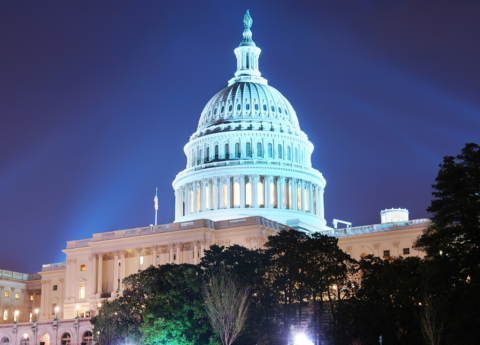One area of consensus on pensions is that the state should begin making the full annual required contribution to the retirement system, which will reduce the long-run costs of paying back the system’s liability. Recently, a couple of Senate leaders have suggested that Kentucky can make that payment starting in 2015 using the natural revenue growth generated by a recovering economy—in other words without raising additional revenue through taxes.
But that approach is unrealistic. There just won’t be enough money to make the payment while also doing justice to Kentucky’s schools, health and other critical services.
Kentucky hasn’t made the full actuarially required annual contribution to its pension system for most of the last 20 years, and it’s a primary reason the pension system is so poorly funded. Making the full payment is critical to keeping the promises made to workers while lessening the long-term harm of the liability to the rest of the budget.
We don’t yet know how much revenue the state will have in 2015 (the first year of the next budget), and the initial draft of revenue estimates won’t come until August 2013. But in the 2013-2014 budget, the official forecast (not counting tax amnesty and other small one-time sources) predicted General Fund revenue growth of 2.4 percent the first year and 3.0 percent the second, meaning increases of $213 million in 2013 and $280 million in 2014.
However, even with that additional revenue, the state was forced to enact a budget with severe cuts to services. There were 8.4 percent cuts across most of state government, and cuts of 6.4 percent to higher education. Other agencies whose budgets had been deeply reduced in previous years, like KET, the library system, and the state police, were cut again but at lesser amounts. The SEEK formula of core funding for school districts received no increase (meaning a cut in per-pupil, inflation-adjusted dollars), and neither did behavioral health, corrections institutions, student financial aid or public defenders.
Only a few areas received additional dollars, including monies for more Medicaid substance abuse treatment slots and to lessen burdensome social worker caseloads. But there was again no money for state employee raises (making four years in a row with no salary increases), and the state paid only about 53 percent of the required annual contribution to the pension system.
And all that was possible only because the state utilized one-time fund transfers of nearly $200 million over the biennium, withdrew $50 million from the rainy day fund and operated a tax amnesty program to bring in an estimated $55 million.
The 2013-2014 budget was so miserable because of a still-weak economy, a tax system that needs to be fixed, and the loss of Recovery Act (stimulus) monies that had helped plug budget holes but ran out at the end of 2012. The 2013-2014 budget cuts were the 13th round of such cuts since 2008, which in total have slashed $1.6 billion.
From the current standpoint, it’s unreasonable to expect a much different revenue picture in 2015. Three and a half years after the recession officially ended, the employment gap in Kentucky and the U.S. is still huge and jobs are not growing fast enough to return to pre-recession employment levels until the end of the decade or so. In fact, recovery may have just gotten a little more difficult with Congress’s decision to end the stimulus provided by the temporary payroll tax cut as part of the fiscal cliff agreement.
Modest economic growth would limit revenues, and without closing holes in the state tax system revenues won’t keep pace with growth in the economy. Expenditures affected by elevated unemployment, like Medicaid, will still be up. What’s more—to state the obvious—inflation makes costs go up. Health care inflation, in particular, plays a big role in the state budget. That reality is likely to continue until further reforms address fundamental issues in the American health care system.
These factors make it infeasible to pay the full required contribution using natural revenue growth while meeting other important obligations. Assuming that revenue grows by an optimistic four percent in 2015, the state would have $381 million more in General Fund revenue. If it grew by 2.5 percent, that would mean $238 million more in revenue.
But according to the legislature’s pension task force, up to around $300 million more per year will need to be found in order to make the full annual pension payment.
Making the full pension contribution is a necessity, but doing so while addressing inflation in other areas will eat up all of the additional revenues we can reasonably expect. That means the deep cuts already made to existing services will remain in place, and even more cuts would very likely be needed.
There’s no getting around the need for additional revenues through tax reform—including perhaps a dedicated funding source for the pension payment—to prevent further harm to Kentucky’s schools, public safety, health care and other needs.



